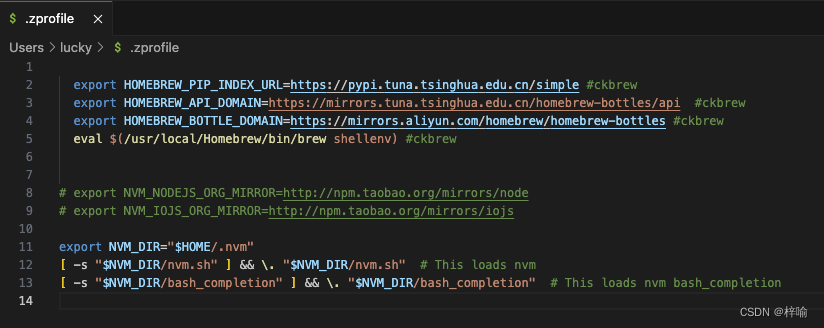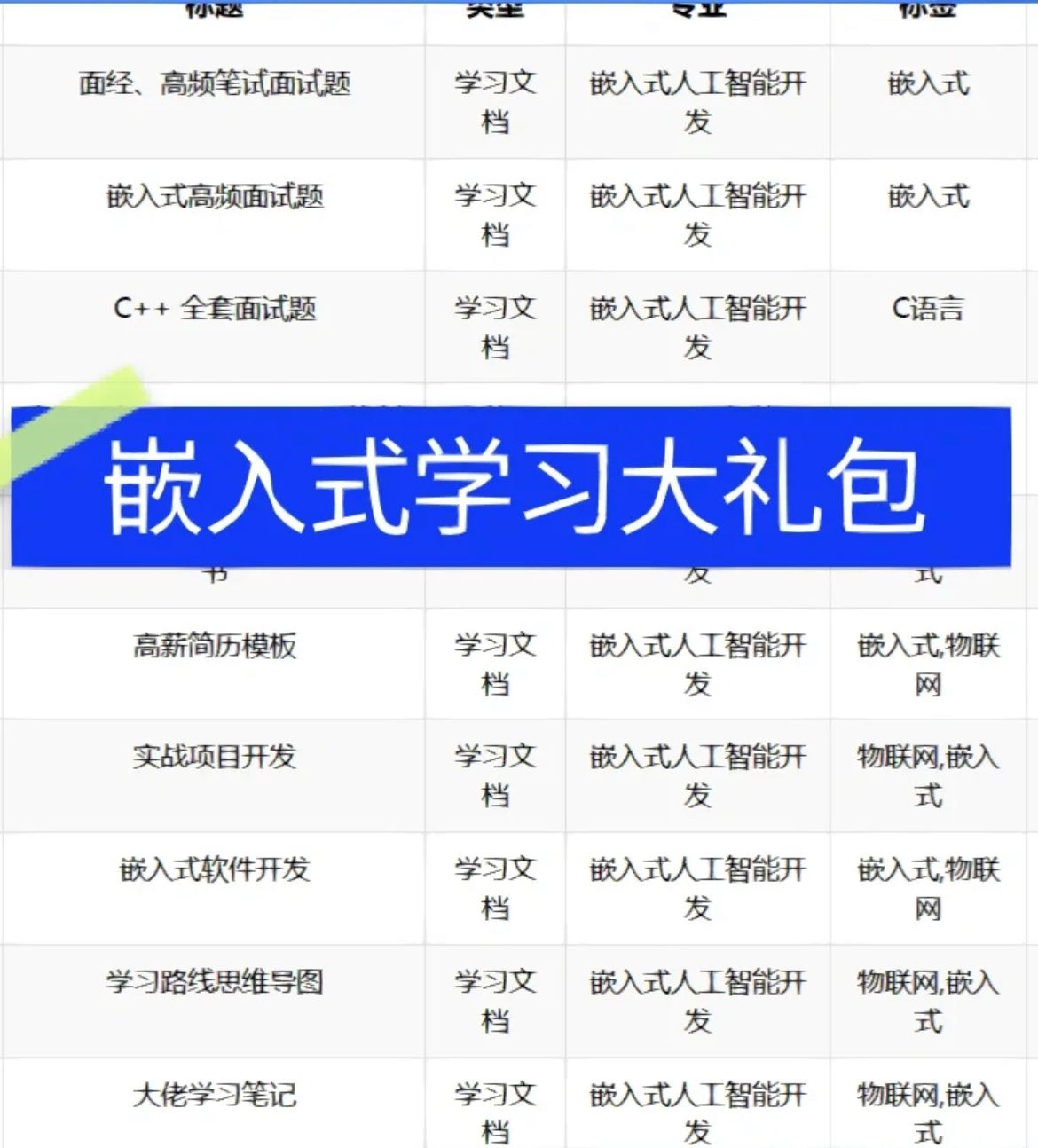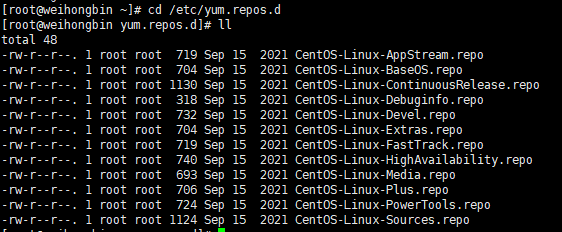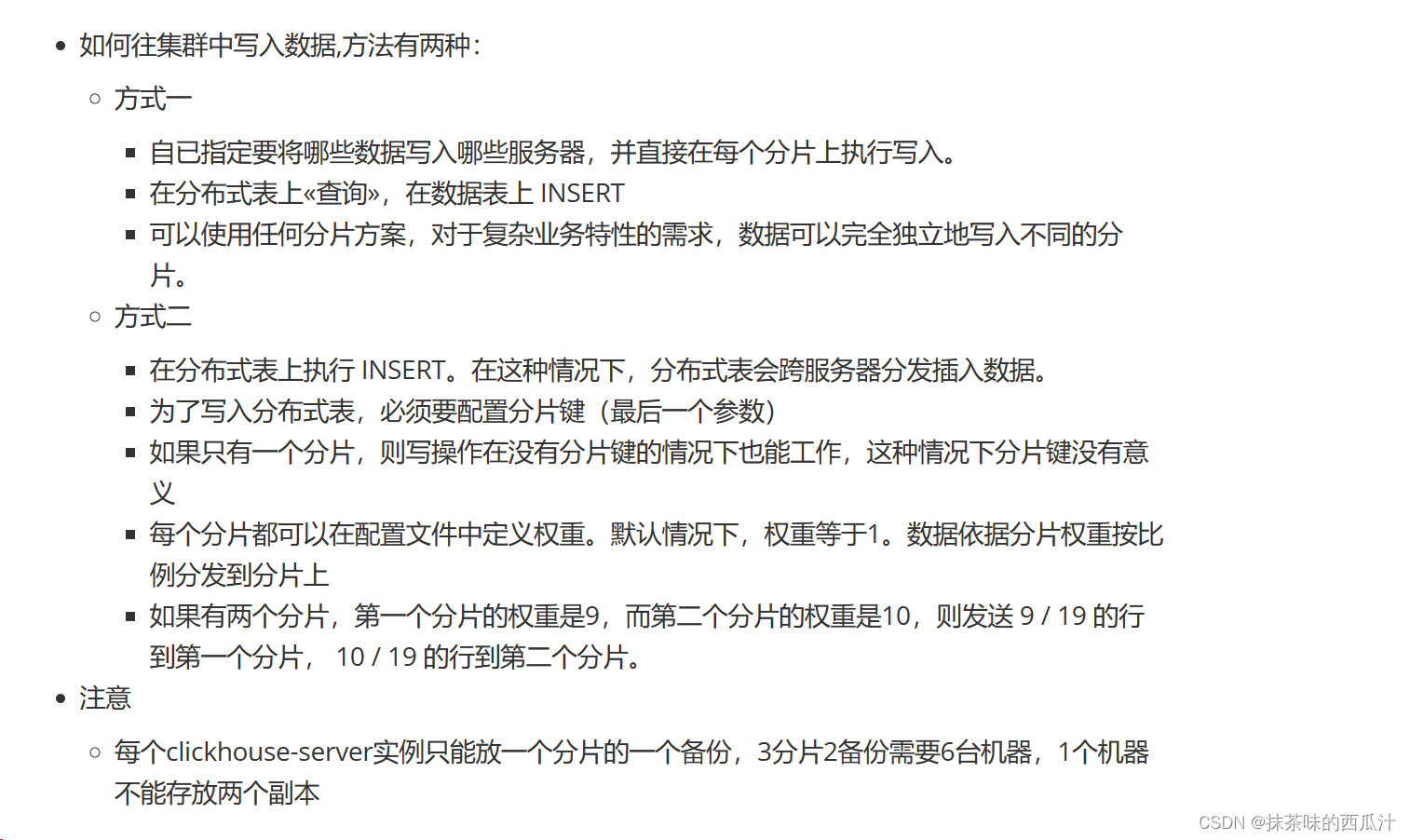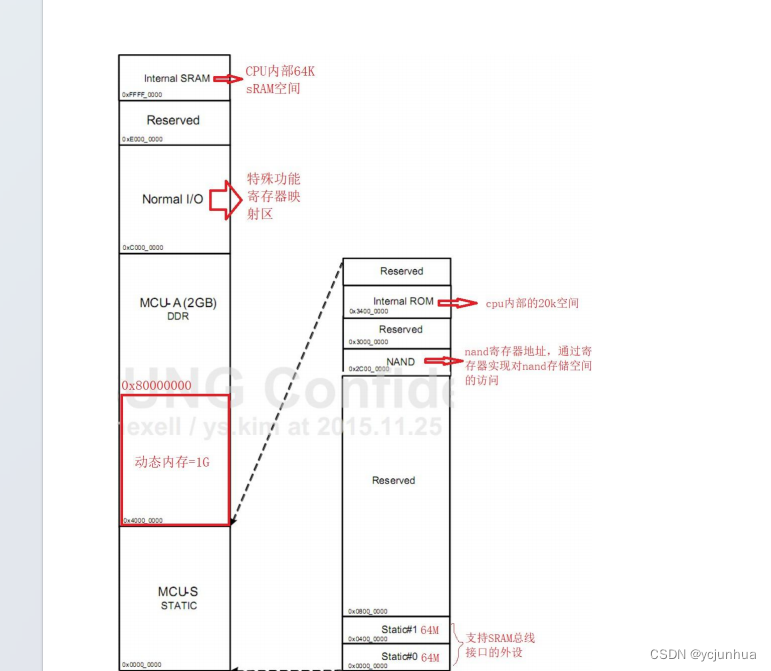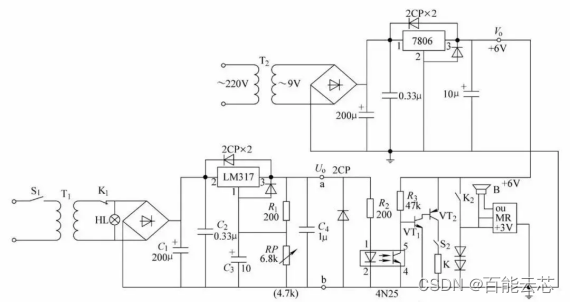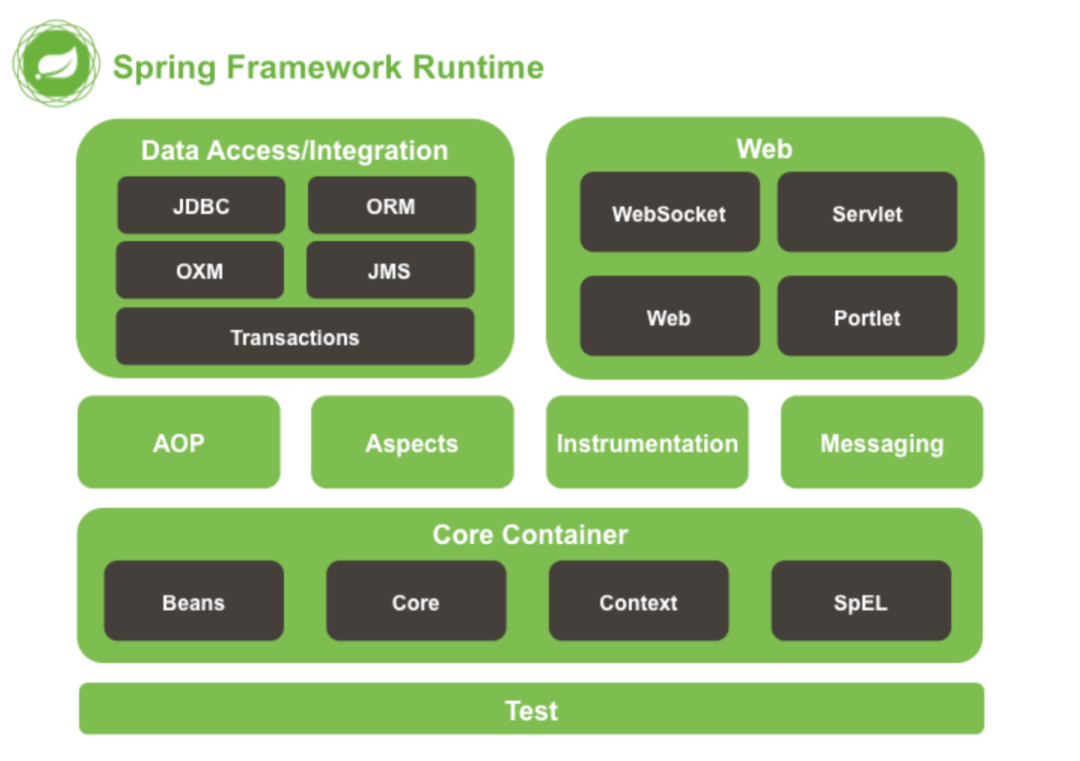探索深度与广度的平衡:迭代加深深度优先搜索技术解析
- 迭代加深深度优先搜索(IDDFS)的基本原理
- 伪代码
- C语言实现
- 讨论
- 结论
迭代加深(Iterative Deepening Depth-First Search, IDDFS)是一种用于解决搜索问题的方法,它是深度优先搜索(Depth-First Search, DFS)和广度优先搜索(Breadth-First Search, BFS)的结合体。迭代加深结合了DFS的低内存消耗和BFS的完备性(即能够找到所有解)。在迭代加深搜索中,搜索者会重复进行深度限制的深度优先搜索,每次增加深度限制,直到找到目标状态。
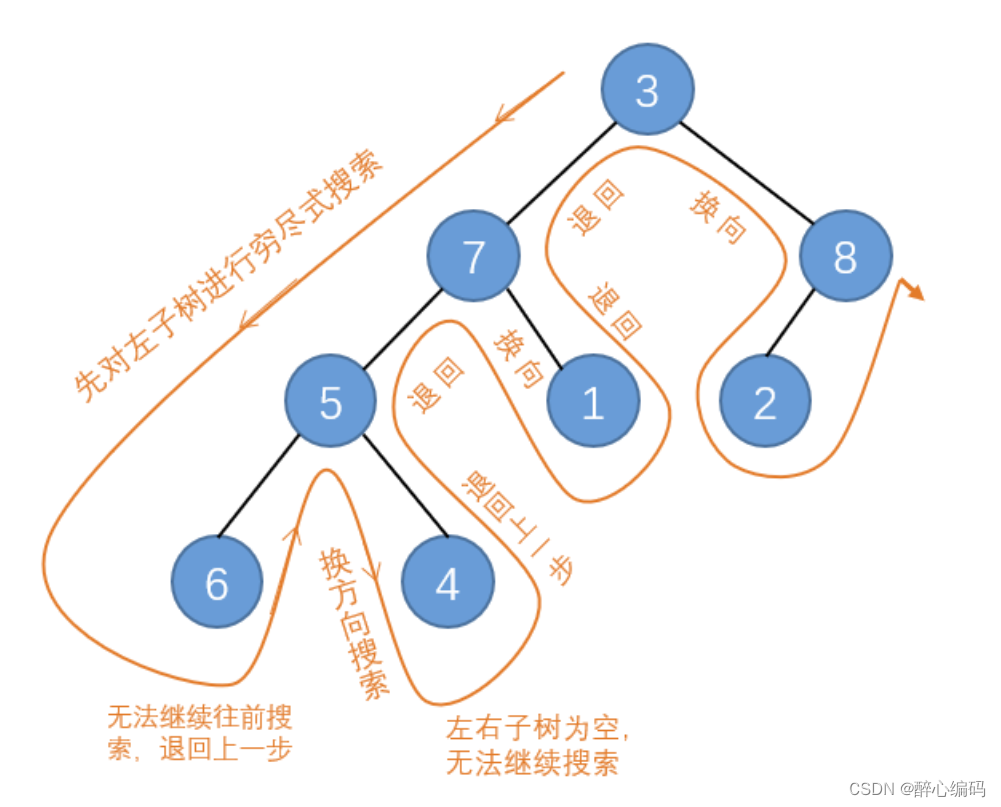
迭代加深深度优先搜索(IDDFS)的基本原理
迭代加深搜索的基本思想是将深度限制逐渐增加,从0开始,每次增加一个单位,直到找到目标状态为止。在每次迭代中,它执行深度优先搜索,但限制了搜索的深度。如果搜索到某个深度时没有找到目标状态,就增加深度限制,并重新进行搜索。
伪代码
以下是迭代加深深度优先搜索的伪代码:
function IDDFS(problem)
for depth from 0 to infinity do
result ← DFS(problem, depth)
if result is not failure then
return result
end if
end for
end function
function DFS(problem, depth)
if problem is solved then
return solution
end if
if depth is 0 then
return failure
end if
for each action in problem.actions do
result ← DFS(problem.result(action), depth - 1)
if result is not failure then
return result
end if
end for
return failure
end function
C语言实现
以下是迭代加深深度优先搜索的C语言实现示例:
#include <stdio.h>
#include <stdlib.h>
typedef struct {
// 问题的状态表示
int state;
// 其他可能的属性...
} Problem;
typedef struct {
// 解的状态表示
int state;
// 其他可能的属性...
} Solution;
typedef enum { FAILURE, SUCCESS } Status;
Problem* new_problem(int state) {
Problem* problem = (Problem*)malloc(sizeof(Problem));
problem->state = state;
// 初始化其他属性...
return problem;
}
Solution* new_solution(int state) {
Solution* solution = (Solution*)malloc(sizeof(Solution));
solution->state = state;
// 初始化其他属性...
return solution;
}
Status DFS(Problem* problem, int depth) {
if (is_solved(problem)) {
return SUCCESS;
}
if (depth == 0) {
return FAILURE;
}
for (int i = 0; i < problem->num_actions; ++i) {
Problem* child = new_problem(problem->actions[i]);
Status result = DFS(child, depth - 1);
if (result == SUCCESS) {
return SUCCESS;
}
free(child);
}
return FAILURE;
}
Solution* IDDFS(Problem* problem) {
for (int depth = 0; ; ++depth) {
Status result = DFS(problem, depth);
if (result == SUCCESS) {
return new_solution(problem->state);
}
}
}
int main() {
// 创建问题实例
Problem* problem = new_problem(0);
// 执行迭代加深搜索
Solution* solution = IDDFS(problem);
if (solution != NULL) {
printf("Found solution: %d\n", solution->state);
} else {
printf("No solution found.\n");
}
// 释放内存
free(problem);
free(solution);
return 0;
}
讨论
迭代加深搜索的主要优点是它在空间复杂度上与深度优先搜索相同,都是O(bd),其中b是树的分支因子,d是深度。同时,它在时间复杂度上与广度优先搜索相同,都是O(b^d),如果搜索空间是对称的。这意味着IDDFS在空间效率上优于BFS,而在时间效率上与BFS相当。
然而,IDDFS也有其局限性。由于它重复地执行深度限制的DFS,所以它可能需要多次访问相同的节点,这在某些情况下可能导致效率低下。此外,IDDFS不适用于有环的图,因为DFS在有环的图中可能会无限循环。
结论
迭代加深深度优先搜索是一种有效的搜索策略,它结合了深度优先搜索和广度优先搜索的优点。通过逐步增加深度限制,IDDFS能够在有限的内存空间内找到问题的解决方案。虽然它在某些情况下可能不是最优的搜索策略,但它在许多实际问题中都表现出了良好的性能。

